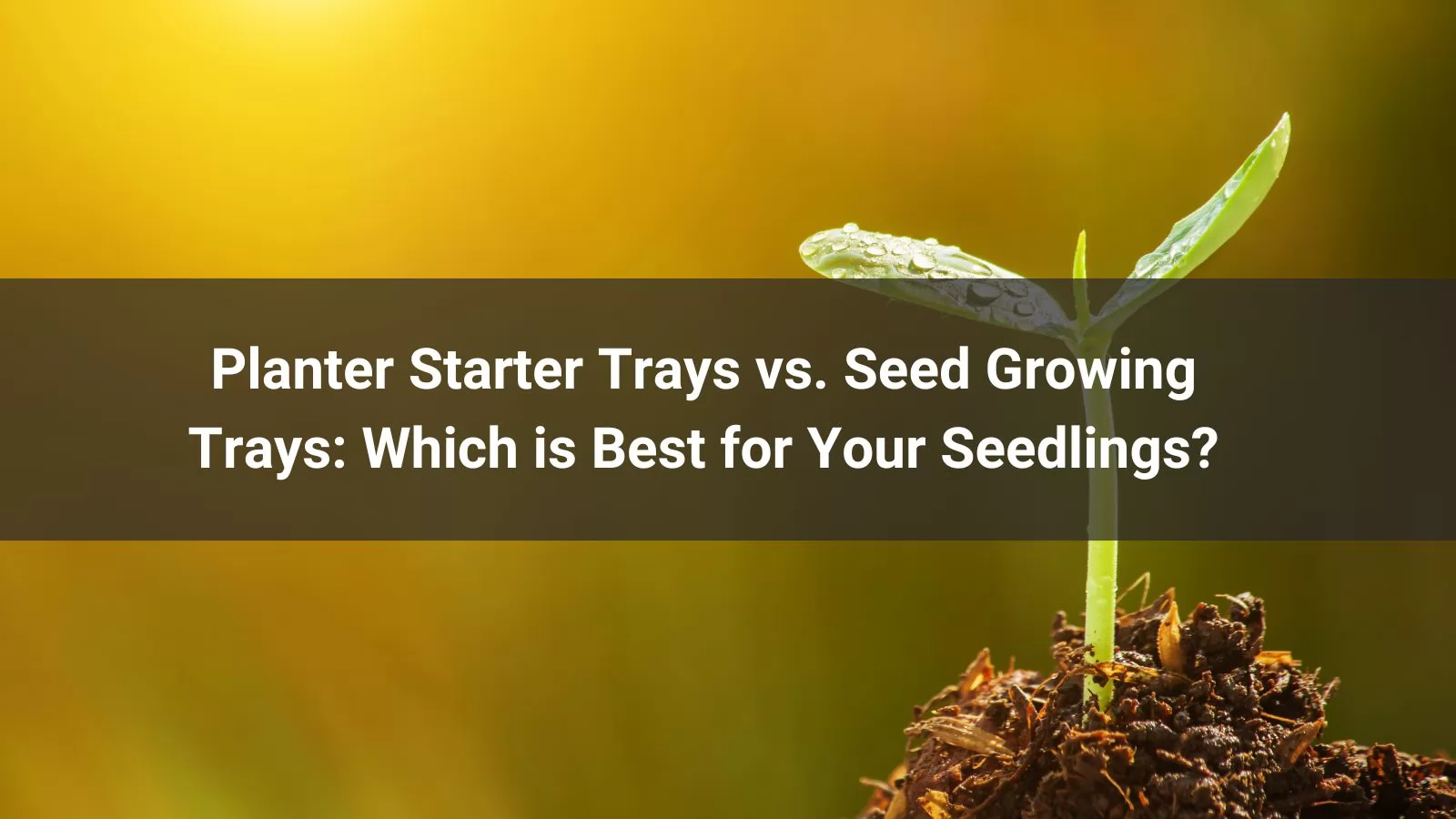
Starting seeds indoors gives gardeners a head start on the growing season, protects delicate sprouts from pests and weather, and allows precise control over early development. Two popular tools dominate this process: planter starter trays (often called garden seed starter trays, seed starting pots and trays, or modular plug trays) and seed growing trays (flat, open 1020 seed starting trays sometimes marketed as “flats”). While the names sound interchangeable, the designs serve distinct purposes. This guide breaks down the differences, advantages, drawbacks, and real-world scenarios to help you choose the best containers for seed starting—or combine both—for healthier, stronger seedlings using plant germination trays & kits.
Planter starter trays include seedling pots with tray systems featuring individual cells or plugs (4–200+ per tray), such as 72 cell seed starter trays or jiffy seed starter trays 72. Seed growing trays are shallow, open rectangles like 1020 seed starting trays without dividers.
| Feature | Planter Starter Trays (Plug Trays) | Seed Growing Trays (Flats / 1020 Trays) |
|---|---|---|
| Structure | Individual cells or reusable seed starting cells | Shallow, open rectangle (no dividers) |
| Cell Volume | 0.5–6 cubic inches per cell | Entire tray = 50–150+ cubic inches |
| Depth | 1.5–4 inches deep (deep root seed starting system) | 1–2.5 inches deep |
| Drainage | Pre-drilled holes in each cell | Multiple holes across bottom |
| Material | Rigid plastic, reusable seed starting trays silicone, biodegradable peat/coir | Heavy-duty plastic, sometimes with mesh bottom |
| Typical Sizes | 72 cell seed starting tray, 128-cell, 200-cell, 50-cell deep | Standard 1020 seed starting trays, half-flats |
| Reusability | Reusable rigid; biodegradable single-use | Highly reusable (5–10+ seasons), used seed trays |
Visual cue: Planter starter trays resemble egg box seed tray or egg carton seed tray designs with legs—each seedling gets its own “apartment,” similar to using egg trays for seedlings. Seed growing trays are like cookie sheets—ideal for germinating seeds in trays or germination tray use.
Planter Starter Trays: Air-pruning in 72 cell seed starter trays or ferry morse pro hex seed starting tray prevents circling roots. Biodegradable cells like jiffy 72 can be planted directly, minimizing transplant shock during starting seeds in plug trays. Caveat: Tiny cells restrict root mass; deep root seed starting system options like 50-cell trays suit planting tomato seeds in trays or planting onion seeds in trays that stay 6–8 weeks indoors.
Seed Growing Trays: Unlimited horizontal spread encourages “broadcast” crops but often leads to tangled roots in 1020 seed starting trays. Solution: Use soil blocking potting tray or mesh inserts for starting onion seeds in trays.
Planter Starter Trays: Each cell holds fixed volume; seed starting bottom watering is the best way to water seed trays, keeping foliage dry and reducing damping-off in jiffy humidity dome setups.
Seed growing trays: Water pools unevenly; use capillary mats or a heated germination station for even moisture during starting seeds in humidity dome.
Planter Starter Trays: Compact; 72 cell seed starter trays fit under one 2-ft light. Ideal for burpee indoor seed starting on windowsills.
Seed Growing Trays: Maximize seeds-per-square-foot in 1020 seed starting trays for modern grower seed starting trays or superseed seed starting tray 8 xl cell.
| Crop Family | Best Tray Type | Why? |
|---|---|---|
| Tomatoes, Peppers | Tomato starter trays, deep root seed starting system (50- or 72 cell seed starter trays) | Long indoor period; need robust root ball (planting tomato seeds in trays) |
| Lettuce, Kale | 1020 seed starting trays OR 128/200-cell plugs | Quick cycle; high density (burpee 36 cell greenhouse kit) |
| Onions, Leeks | 128-cell deep or soil blocking potting tray | Pencil-thin roots; air-pruning needed (starting onion seeds in trays) |
| Cucurbits | 36 peat pellet seed starting greenhouse kit with superthrive | Taproot sensitivity; direct-plant reduces shock |
| Flowers | Jiffy seed starter trays 72 | Fine seeds; uniform germination |
| Microgreens | 1020 seed starting trays with mesh | Maximum yield; harvest at 7–14 days |
Pros
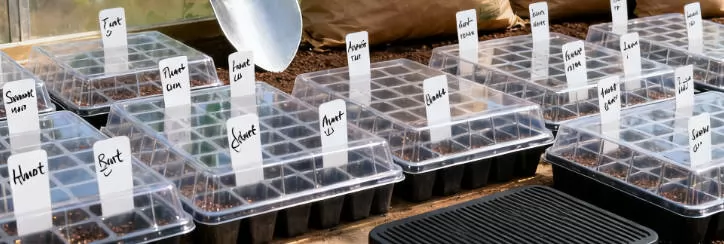
Cons
Pros
Cons
Combine greenhouse seed starting supplies:
Example (tomatoes):
This maximizes burpee indoor seed starting efficiency.
| Material | Durability | Cost | Eco Impact | Notes |
|---|---|---|---|---|
| Rigid PP Plastic | 5–10 yrs | $$ | Recyclable | Sanitize with bleach (cleaning seed starting trays) |
| Biodegradable Peat | 1 season | $$ | Mixed | pH acidic (jiffy 72) |
| Coir/Cellulose | 1 season | $$ | Good | Plant directly |
| Silicone | 10+ yrs | $$$$ | Reusable | Reusable seed starting trays silicone |
| System | Units Needed | Cost (USD) | Cost/Plant |
|---|---|---|---|
| 72 cell seed starter trays (reuse) | 1 tray | $4 | $0.08 |
| 1020 seed starting trays + pricking | 1 flat | $2 | $0.04 |
| 36 peat pellet seed starting greenhouse kit with superthrive | 2 kits | $18 | $0.36 |
Excludes soil, domes, lights.
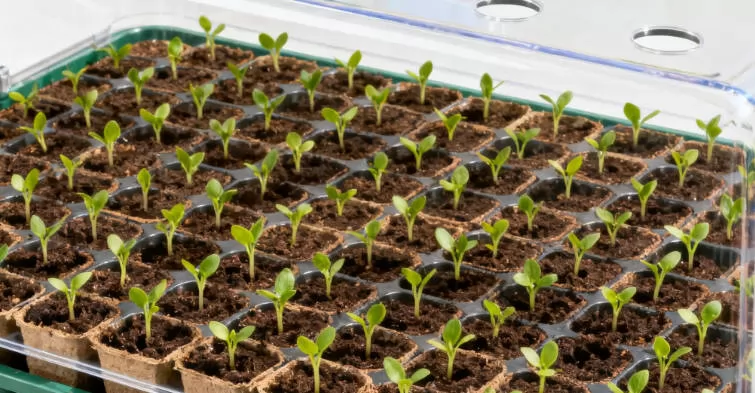
A $4 rigid 72 cell seed starter trays used 7 seasons = 504 seedlings → 0.8¢ each. Avoid peat; choose coir or homemade seed starter trays like egg tray for seedlings. Zero-waste hack: Cut bottoms off cells after transplant → reuse as cutworm collars.
| Scenario | Winner |
|---|---|
| Balcony, 20–50 plants | 72 cell seed starter trays |
| Market farm, 500–5,000 transplants | 1020 seed starting trays + pricking |
| Eco-conscious, direct-plant | 36 peat pellet seed starting greenhouse kit with superthrive |
| Microgreens | 1020 seed starting trays |
| Mixed garden | Hybrid: jiffy 72 greenhouse + flats |
Starter Kit Recommendation (under $50):
The choice between Planter Starter Trays and Seed Growing Trays ultimately comes down to your specific needs. If you're looking for easy transplanting and starting crops, the former is better suited for fast-growing crops. If you prioritize root stability and mass cultivation, the latter, with its intricate honeycomb structure and drainage design, stands out, offering improved germination and survival rates. Regardless of your choice, high-quality materials are key to success. Linkwin (Zhenjiang Linkwin International Trading Co., Ltd.), a leading Chinese agricultural tool manufacturer, is renowned worldwide for its environmentally friendly and durable plastic products. Its Seed Starting Trays series, made of high-strength polypropylene, feature precise drainage holes and a stackable design.
These trays not only increase seed germination efficiency by over 30%, but also support a wide range of applications, from vegetables like tomatoes and cucumbers to flowers. Choosing Linkwin not only ensures reliable quality—from the 288-grid high-efficiency seeding tray to the mini seedling kit with lid, every product is ISO-certified and non-toxic—but also offers one-stop supply chain services, including custom sizes and bulk discounts. Visit Linkwin's official website now to start your green gardening journey, let every seed thrive and reap abundant joy!




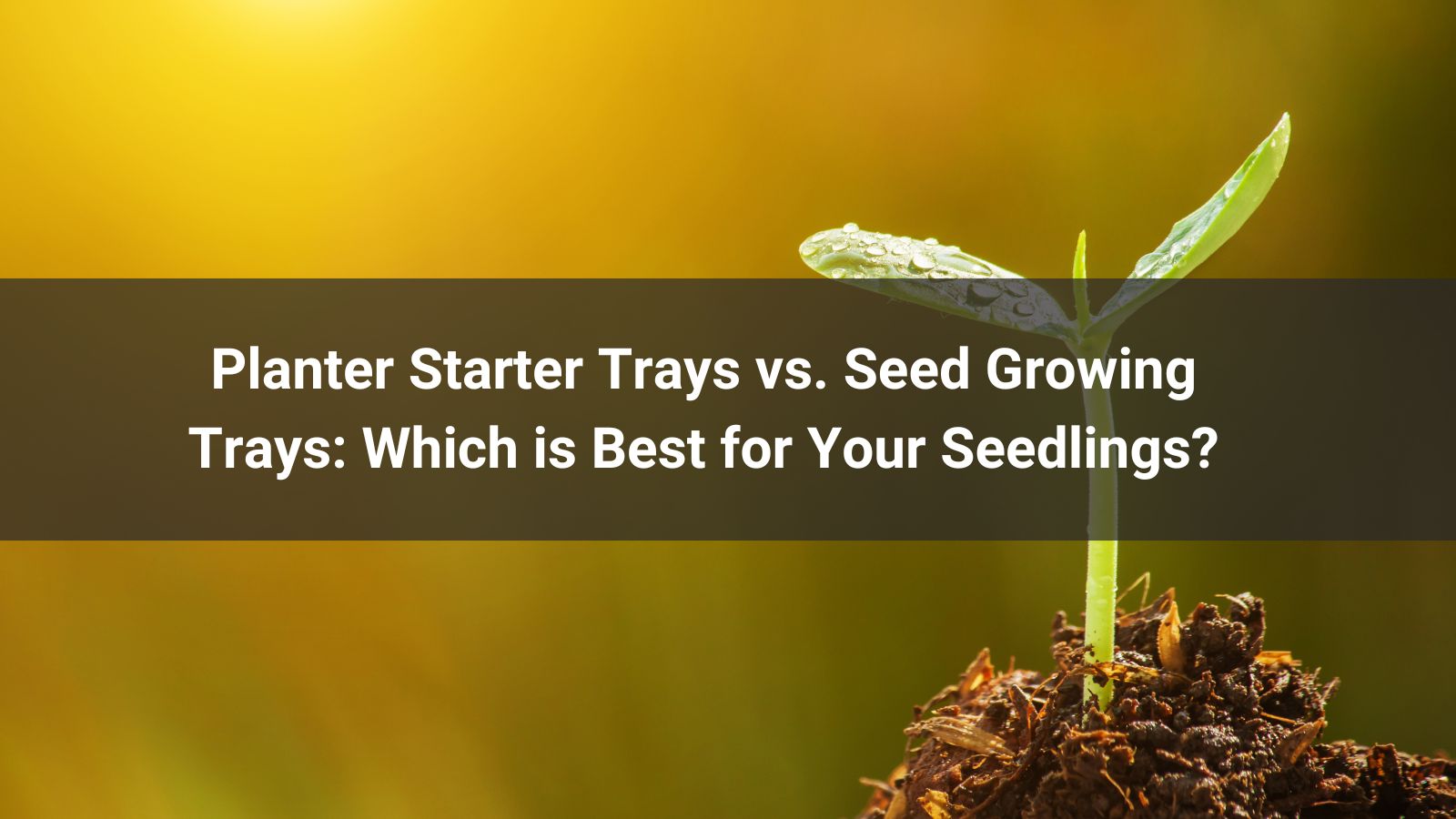

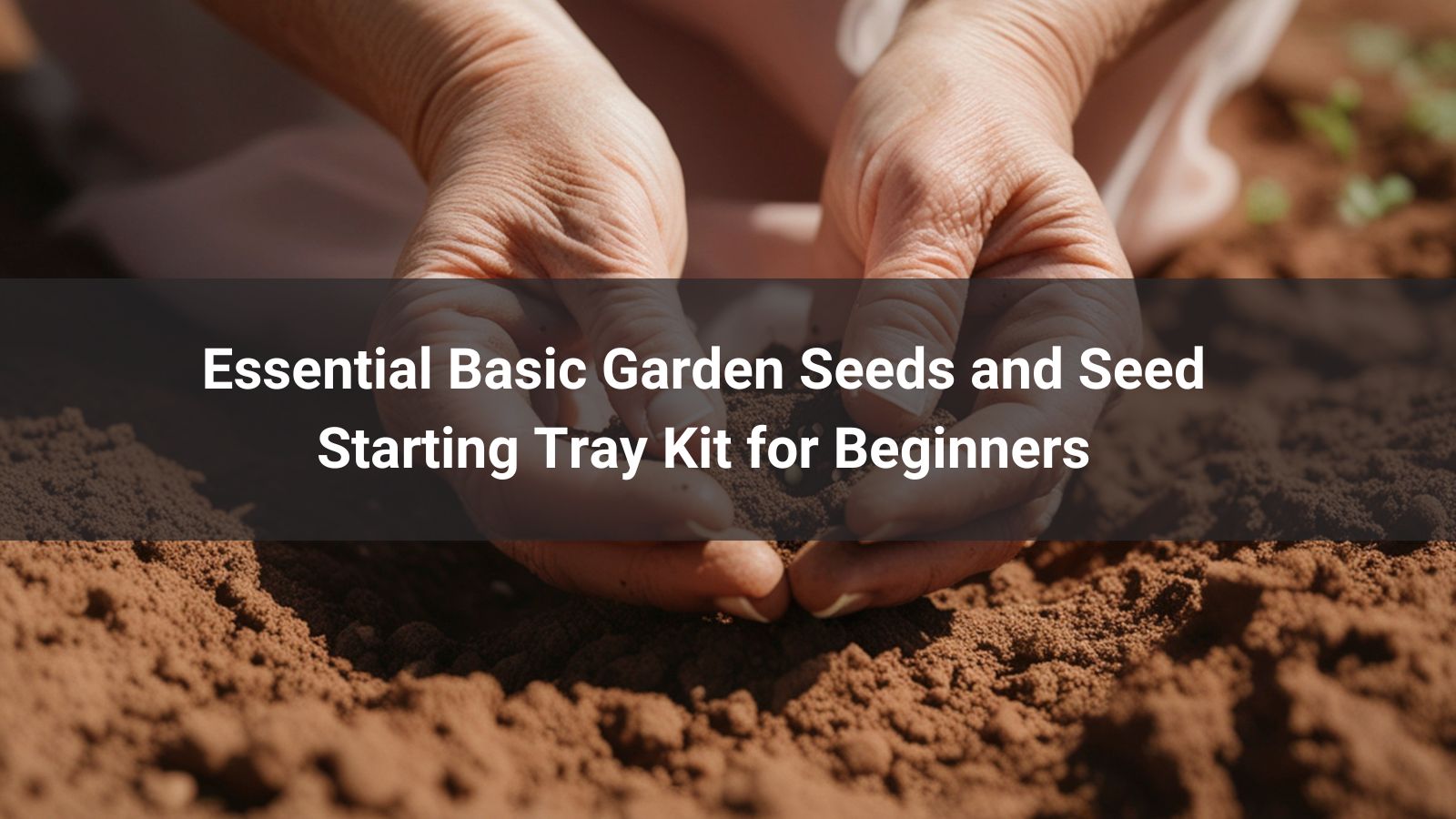

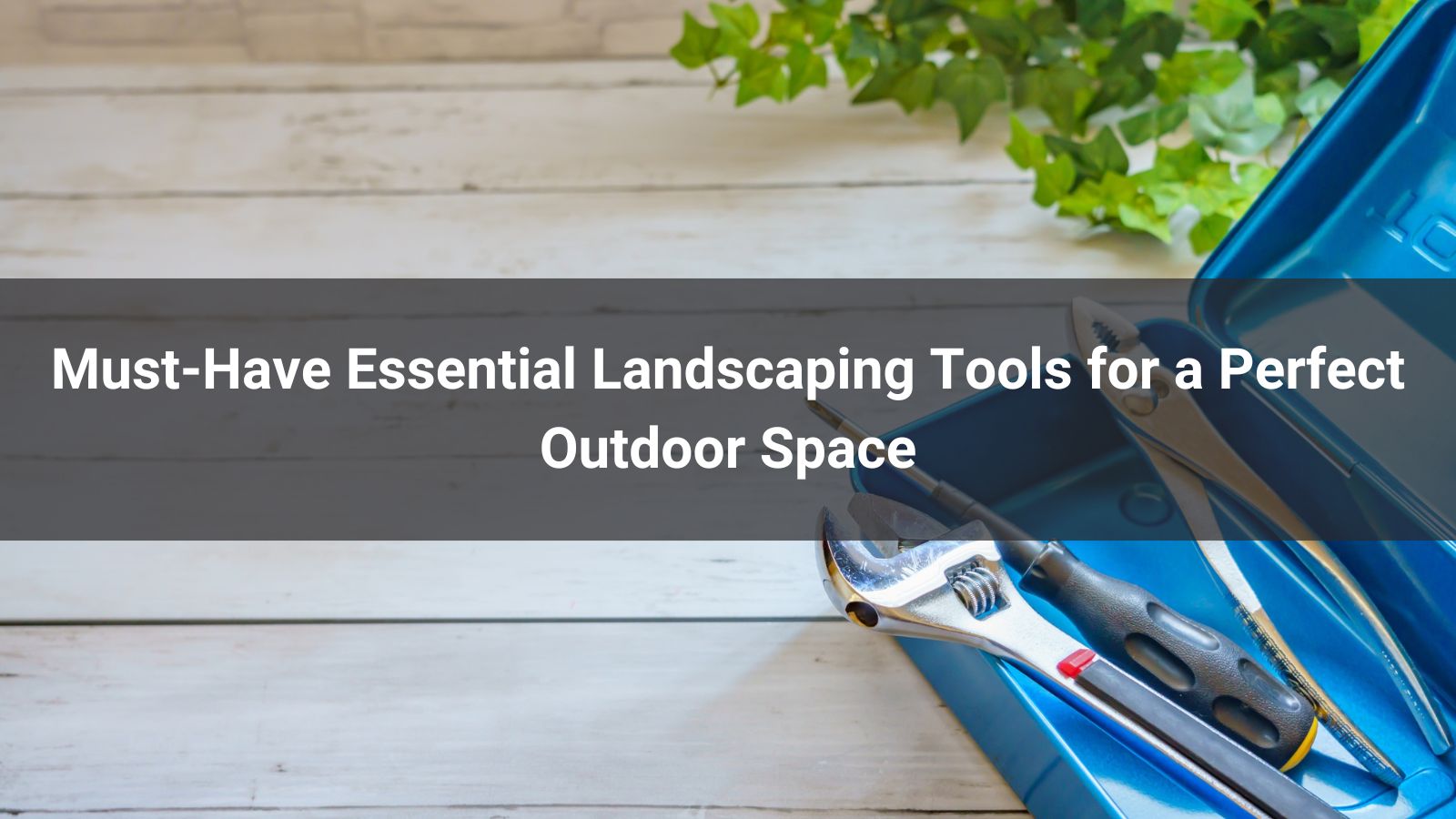

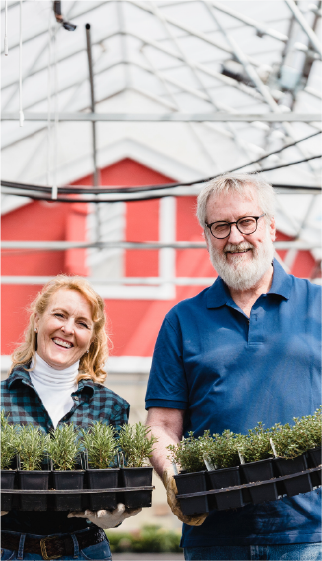
We use cookies to make the website work, to provide advanced features, social media and traffic analysis, and we use analytics and third-party advertising cookies. If you choose to click "Deny All", you will retain the default setting of not allowing the use of cookies or other tracking tools other than technical tools.



